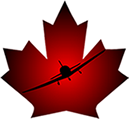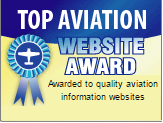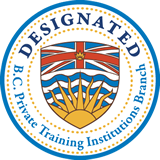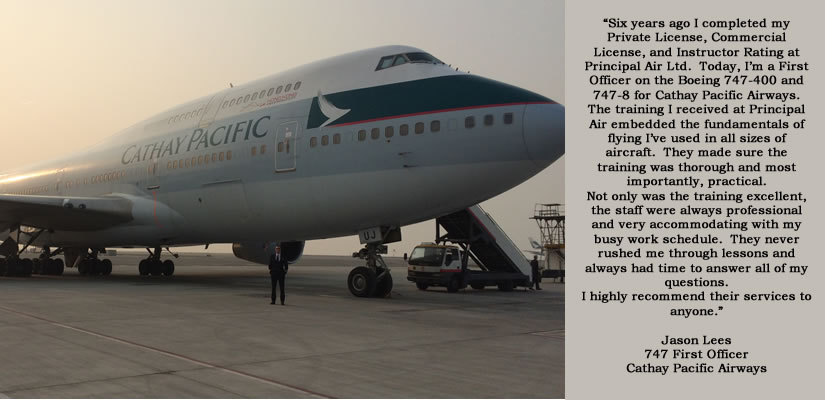 |
|
|
|||||||||||||||||||||||||||||||||||||||||||||
|
ADMISSION REQUIREMENTS: Must hold a Private Pilot licence before starting commercial training Minimum starting age: 17 years (must turn 18 before the completion of the program) Medical Required: Class 3 (PPL) to start Class 1 needed before attempting the written exam or flight test. Course Description Transport Canada requires:
|
||||||||||||||||||||||||||||||||||||
Ground School - 80 hours including the following subjects: Canadian Aviation Regulations; Aerodynamics and Theory of Flight; Meteorology; Airframes, Engines, and Systems; Flight Instruments; Radio and Electronic Theory; Navigation; Flight Operations; Licensing Requirements; and Human Factors including Pilot Decision-Making.
EXAMINATIONS AND FLIGHT TEST
Written Examination: Transport Canada's written examination, CPAER, may be taken in Vancouver or Abbotsford. A minimum of 60% in each of four areas - Air Law, Navigation, Meteorology, Aeronautics/General Knowledge - is required as well as in the overall written examination.
Flight Test: Flight Tests are conducted at Abbotsford by Transport Canada approved examiners.
PRIVILEGES OF LICENCE HOLDER
The Commercial Pilot Licence is the gateway to a professional career in aviation. A Commercial Pilot Licence (CPL) holder may exercise the privileges of a Private Pilot Licence (PPL) holder; may exercise the privileges of a VFR Over the top rating (VFR OTT), and act as Pilot in Command (PIC) in a commercial air service on any class and type of aeroplane endorsed on his/her license that is not required to be operated by more than one pilot. A CPL pilot may act as co-pilot of any class and type of aeroplane endorsed on his/her license, regardless of the number of crew required to operate it.
Ratings included with the commercial license




